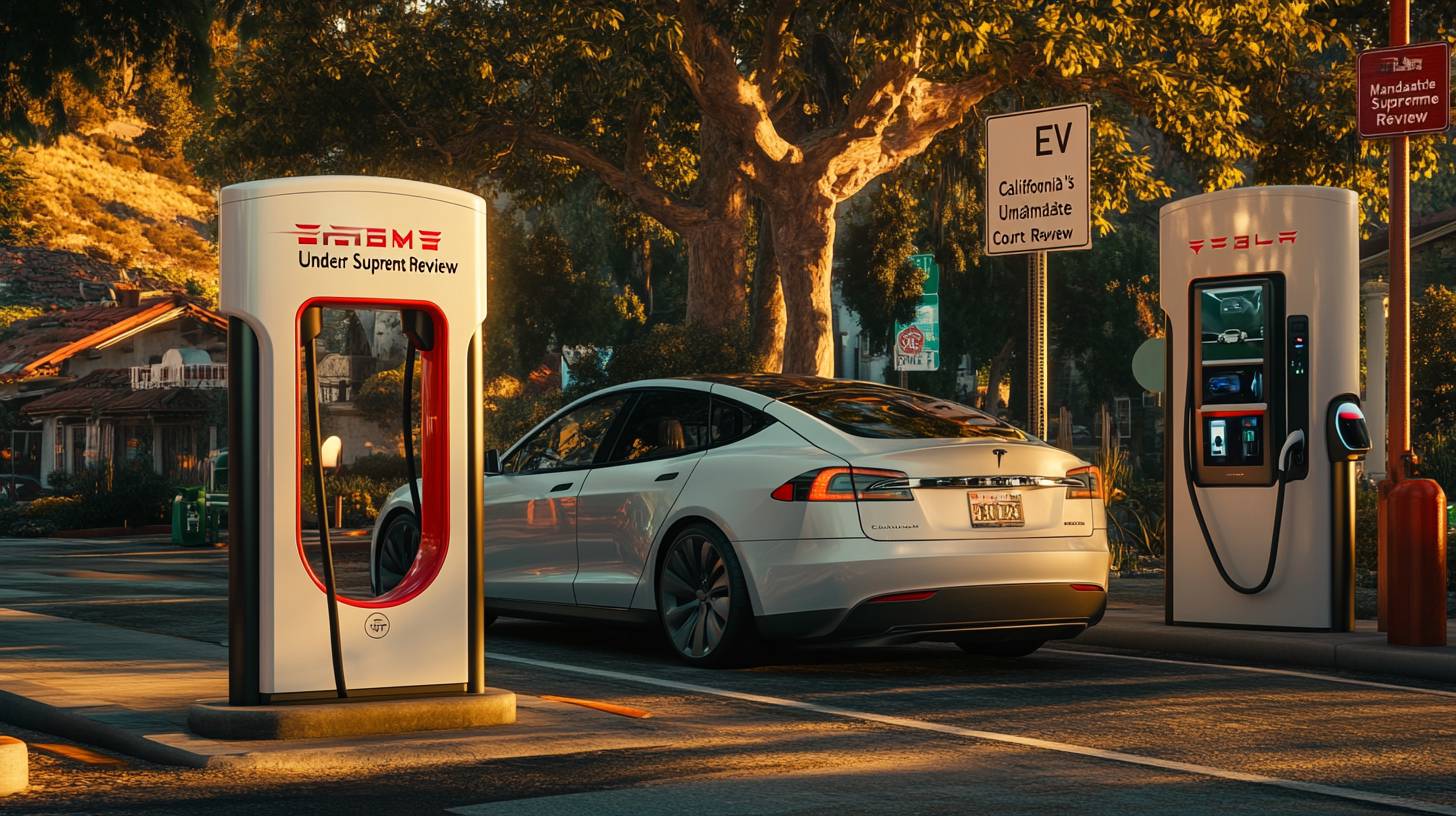
california’s zero-emission vehicle directive
In September 2020, California Governor Gavin Newsom unveiled a groundbreaking policy that has ignited considerable conversation among lawmakers, car lovers, and the general public. The executive directive requires that by 2035, all new cars and passenger trucks offered for sale in California be zero-emission vehicles. This bold initiative empowers the California Air Resources Board to establish rules to implement this transition, setting a benchmark for environmental policies within the automotive industry.
These rules, referred to as Advanced Clean Cars II, have already been embraced by 12 U.S. states, including New York, New Jersey, and Washington, D.C. California, with its rich automotive heritage, is taking a significant leap by enacting stricter regulations than those suggested by federal organizations. This movement positions California as a frontrunner in the shift towards eco-friendly transportation, possibly shaping automotive trends worldwide.
For the Australian business landscape, California’s zero-emission vehicle directive introduces both hurdles and prospects. As a crucial participant in the global automotive sphere, Australia’s automotive sector may face effects from changes in manufacturing focus and buyer inclinations. Companies in Australia that produce automotive components and technology may need to adjust to comply with new standards and innovate in electric vehicle technology.
Additionally, this directive could act as a prompt for Australian policymakers to explore similar environmental regulations, aligning with international efforts to cut down carbon emissions. The shift to zero-emission vehicles could promote investment in renewable energy infrastructure and electric vehicle charging stations, leading to new business prospects and stimulating economic expansion.
As the world progresses towards a more sustainable future, the Australian business sector must remain informed and proactive in adapting to these developments. Embracing innovation and sustainability will be essential for staying competitive in the changing automotive environment.
sema’s legal and political actions
SEMA’s legal and political strategies highlight the intricacies and tensions within the automotive realm as it confronts the transition to zero-emission vehicles. By submitting an amicus brief to the United States Supreme Court, SEMA is not merely contesting California’s jurisdiction but also questioning the wider ramifications of strict emissions rules on the aftermarket automotive parts sector. This action underscores the organization’s dedication to safeguarding the interests of its members, who have significant stakes in the production and distribution of components for internal combustion engine vehicles.
For Australian enterprises, especially those in the automotive supply chain, SEMA’s endeavors serve as a cautionary tale regarding the possible ripple effects of regulatory updates in significant markets like the United States. The aftermarket industry in Australia, which encompasses businesses focused on performance parts, accessories, and vehicle customizations, might encounter comparable challenges if local or global regulations start to reflect California’s rigorous standards.
SEMA’s political efforts, including support for Driving Force Action, a Super PAC against anti-ICE legislation, demonstrate a tactical approach to shaping policy and public perception. The organization’s financial backing and media initiatives seek to shift the conversation surrounding emissions regulations, highlighting the perceived risks to consumer choice and industry advancement. This proactive stance could motivate Australian industry groups to become more actively involved in political advocacy, ensuring that their voices resonate in policy conversations that could affect their businesses.
As the global automotive sector continues to evolve, Australian companies need to remain watchful and flexible. Comprehending the legal and political factors at play in key markets like the U.S. can offer valuable perspectives on potential future trends and regulatory changes. By staying informed and engaged, Australian firms can more effectively navigate the challenges and opportunities that arise from the transition to a more sustainable automotive future.

